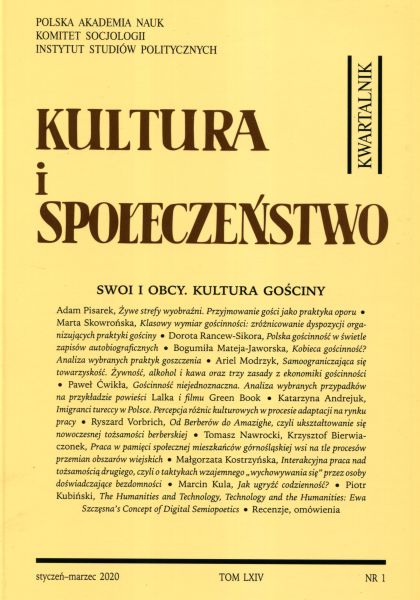Od Berberów do Amazighe, czyli ukształtowanie się nowoczesnej tożsamości berberskiej
From the Berbers to the Amazigh, or, the Shaping of Contemporary Berber Identity
Author(s): Ryszard VorbrichSubject(s): Social Sciences
Published by: Instytut Studiów Politycznych PAN
Keywords: Berbers;Amazigh;tamazight;tifinagh;Morocco;Algeria;IRCAM;HCA;
Summary/Abstract: The Berbers, an indigenous people of North Africa, belong to the group of “nations without a state.” For centuries, they were marginalized by the Arab majority or manipulated by European colonizers. Since the mid-twentieth century in North Africa, a movement for a Berber and Pan-Berber identity has been growing strongly. The movement has disseminated the neologism “Amazigh” as the endoethnonim of this group of peoples. The process of building (creating) a Berber identity has been slightly different in Morocco (where the stabilizing role of the monarchy has been highlighted) and in Algeria (where it has taken more violent forms). With the rise of Berber self-awareness in North Africa and the activity of the Berber diaspora in Europe (mainly in France), civil society organizations (associations) were established in Morocco and Algeria to defend the rights of the Berber minority. After many attempts and despite the resistance of Arab elites the Berber language and culture were recognized by the state authorities as equivalent to the Arabic component of the Algerian and Moroccan identity. State institutions (the Institut royal de la culture Amazighe–the IRCAM–in Morocco, and the Haut Commissariat à l’Amazighité–the HCA–in Algeria) were established for the revitalization of the Berber culture and language (tamazight).
Journal: Kultura i Społeczeństwo
- Issue Year: 64/2020
- Issue No: 1
- Page Range: 169-196
- Page Count: 28
- Language: Polish

